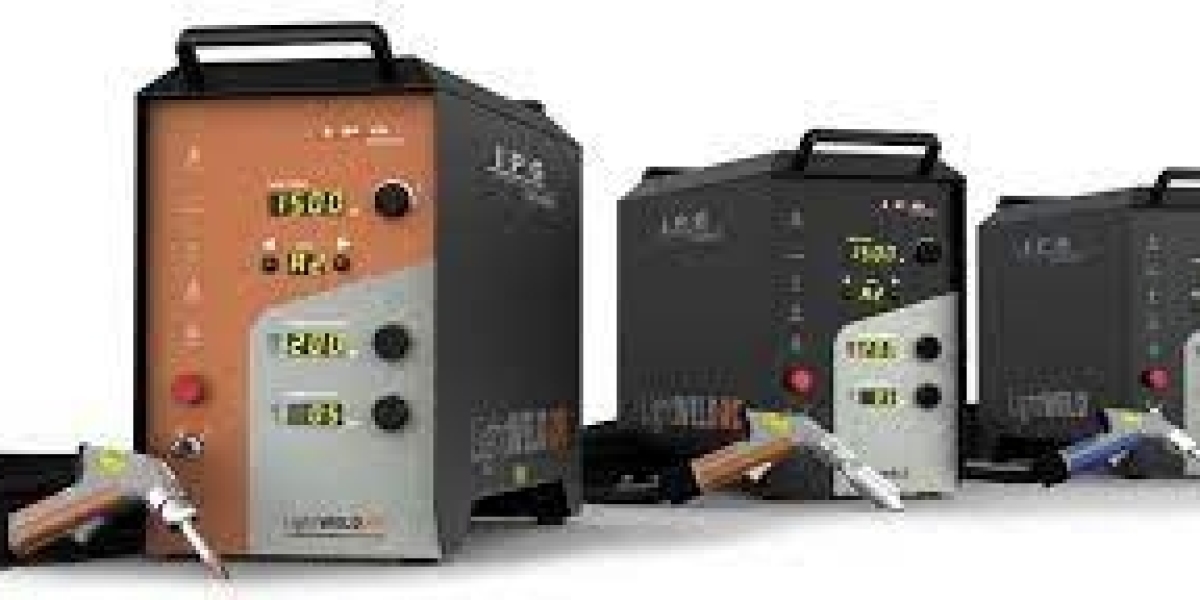Introduction
Aluminum, known for its lightweight and corrosion-resistant properties, is a crucial material in various industries, including automotive, aerospace, and electronics. Achieving precise and strong welds in aluminum components is essential for ensuring structural integrity and performance. Laser welding has emerged as a powerful tool for joining aluminum, offering advantages over traditional welding methods. In this blog, we will explore the intricacies of laser welding aluminum, including its principles, applications, advantages, and considerations for optimal results.
I. Principles of Laser Welding Aluminum
A. Basics of Laser Welding
Laser welding is a non-contact process that uses a focused laser beam to generate heat, melting and fusing the material at the weld joint.
The high energy density of the laser beam allows for precise control of the welding process.
B. Aluminum's Unique Properties
Aluminum is a highly reflective material, which can pose challenges for laser absorption. Proper selection of laser parameters is crucial.
Aluminum's high thermal conductivity requires careful consideration of heat input and travel speed during welding.
II. Applications of Laser Welding Aluminum
A. Automotive Industry
Laser welding aluminum is widely used in the automotive sector for joining aluminum components in vehicle bodies, chassis, and structural elements.
Lightweight aluminum structures contribute to improved fuel efficiency and overall vehicle performance.
B. Aerospace and Aviation
The aerospace industry benefits from laser welding aluminum for applications like aircraft fuselage, wing components, and structural elements.
Laser welding enables the production of lightweight, high-strength aerospace materials.
C. Electronics and Electronics Packaging
Laser welding aluminum is employed in the production of electronic devices, ensuring precise and reliable connections in components and heat sinks.
Aluminum's excellent electrical conductivity makes it an ideal choice for electronics applications.
D. Medical Device Manufacturing
The medical industry utilizes laser welding for joining aluminum components in devices like implants, surgical instruments, and diagnostic equipment.
Laser welding ensures precision and biocompatibility in medical devices.
III. Advantages of Laser Welding Aluminum
A. High Precision and Accuracy
Laser welding provides micron-level precision, enabling tight tolerances and intricate weld geometries.
B. Minimal Heat-Affected Zone (HAZ)
The localized nature of laser welding results in a small HAZ, minimizing thermal distortion and preserving material properties.
C. Reduced Material Contamination
Laser welding is a clean process, minimizing the risk of contamination or impurities in the weld zone.
D. Versatility in Joint Configurations
Laser welding can accommodate a wide range of joint designs, including lap joints, butt joints, and T-joints.
E. High Process Speed
Laser welding operates at high speeds, enabling rapid processing of aluminum components and increasing overall production efficiency.
IV. Considerations for Laser Welding Aluminum
A. Material Preparation
Proper cleaning and surface preparation of aluminum components are crucial for achieving high-quality welds.
B. Gas Shielding
Inert gases like argon or helium are commonly used to create a protective atmosphere around the weld zone, preventing oxidation.
C. Filler Material Selection
Matching the filler material to the base aluminum alloy is essential for achieving strong, reliable welds.
D. Laser System Calibration
Calibrating the laser system's parameters, including power, beam focus, and travel speed, is vital for optimal welding results.
E. Safety Measures
Implementing proper safety protocols, including eye protection and ventilation, is crucial when working with laser welding equipment.
Conclusion
Laser welding aluminum represents a cutting-edge solution for achieving precise, strong, and reliable welds in this versatile material. Its applications span across industries, from automotive to aerospace and electronics. By understanding the principles, advantages, and considerations for laser welding aluminum, businesses can leverage this technology to enhance their manufacturing processes and produce high-quality aluminum components. With its ability to deliver precision and efficiency, laser welding continues to be at the forefront of modern welding techniques, driving innovation and advancements in various industries.









